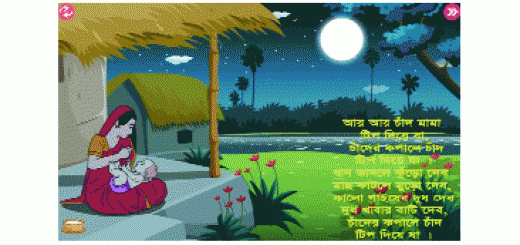Religious Ivory Demand Killing Elephants
Elephants are being illegally killed across Africa at the highest rates in a decade, and the global religious market for ivory is a driving force. “Blood Ivory,” the cover story in the October issue of National Geographic, offers the first in-depth investigation of this untold story.
While it’s impossible to say exactly how many elephants are slaughtered annually, a conservative estimate for 2011 is more than 25,000. And thousands of those are dying to satisfy religious devotion, their tusks smuggled into countries to be carved into religious artifacts: ivory baby Jesuses and saints for Catholics in the Philippines, Islamic prayer beads for Muslims and Coptic crosses for Christians in Egypt, amulets and carvings for Buddhists in Thailand, and in China—the world’s biggest ivory-consumer country—elaborate Buddhist and Taoist carvings for investors.
If someone in the Philippines wants to smuggle an ivory statue of the baby Jesus to the U.S., Msgr. Cristobal Garcia is happy to advice, writes National Geographic investigative reporter Bryan Christy. “Wrap it in old, stinky underwear and pour ketchup on it so it looks shitty with blood,” Garcia told Christy. “This is how it is done.”
Monsignor Garcia is head of protocol for the archdiocese of Cebu, the largest in the Philippines, giving him a flock of nearly 4 million in a country of 75 million Roman Catholics, the world’s third largest Catholic population. The tradition of carving ivory into religious pieces in the Philippines is so deeply rooted that in Cebu the word for ivory, garing, also means “religious statue.”
Christy reports that another prominent Filipino Catholic, Father Vicente Lina, Jr. (Father Jay), advises people to buy religious icons made of “new” ivory—”so the history of an image will start in you.” By “new” Father Jay means smuggled.
In 1990 a global ban on ivory trade came into force, and to get around it, Father Jay told Christy, Muslims from the Philippines’ southern island of Mindanao smuggle ivory in from Africa. It comes “through the back door. You just keep on paying so many people so that it will enter your country.”
The Roman Catholic catechism states that, “It is contrary to human dignity to cause animals to suffer or die needlessly.” Earlier this week National Geographic asked the Vatican to comment on the devotional use of ivory, which is fueling the current African elephant crisis. As of September 14, a statement had not been received.
“Ivory Removes Bad Spirits”
The elephant is revered in Buddhism and is a symbol of Thailand. Monks there give out ivory amulets in return for donations. Kruba Dharmamuni, a prominent monk known as the Elephant Monk, wears an ivory elephant-head pendant suspended from ivory prayer beads representing the 108 human passions.
“Ivory removes bad spirits,” Dharmamuni told National Geographic. Ivory also earns him money. The Elephant Monk takes in thousands of dollars a month from amulets of ivory and other materials sold in his temple gift shop.
In China, religious themes are common in carved ivory pieces. Newly rich Chinese are snapping up ivory in the form of Buddhist and Taoist gods and goddesses. Prices can be astronomical: Christy reports seeing a carved ivory Guanyin on sale for the equivalent of U.S. $215,000. Guanyin is the Buddhist goddess of mercy, a Madonna-like figure who doubles as a fertility goddess.
Buddhist monks in China perform a ceremony called kai guang, the opening of light, to consecrate religious icons, just as some Filipino priests will bless Catholic images made of illegal ivory for their followers. “To be respectful of the Buddha,” the report quotes a Chinese collector, “one should use precious material. If not ivory then gold. But ivory is more precious.”
The National Geographic October cover story also exposes key flaws in analysis and decision-making by the leadership of the Convention on International Trade in Endangered Species of Wild Fauna and Flora (CITES), which sets international wildlife trade policy. CITES approved a massive sale of legal ivory to China and Japan in 2008. That decision, the report concludes, has only increased the world’s appetite for illegal ivory, fueling the current elephant poaching frenzy across Africa.











Recent Comments